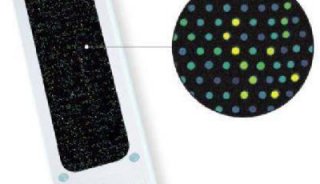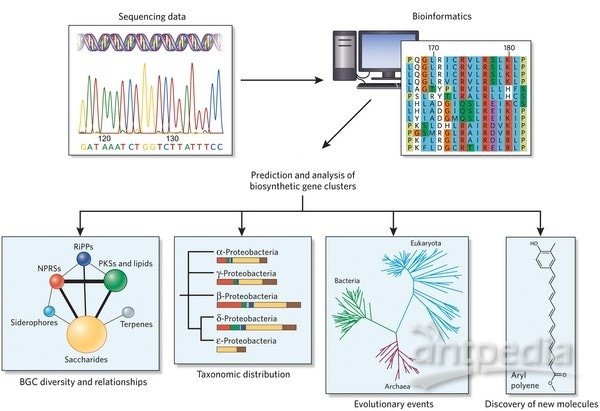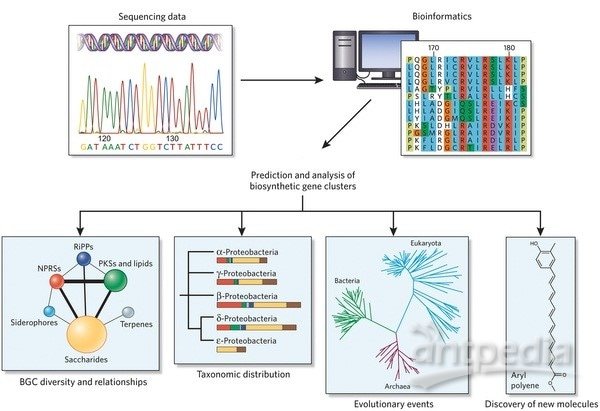Wes全自动蛋白质表达定量分析系统应用于微量脑组织蛋...
Wes全自动蛋白质表达定量分析系统应用于微量脑组织蛋白表达分析
中脑多巴胺能神经元与帕金森、药物滥用密切相关
帕金森病和药物滥用障碍都与中脑多巴胺能神经元的功能改变有关。在外侧中脑,黑质(SN)的多巴胺能神经元(SN)向背侧纹状体发出投射,参与控制运动,而位于腹侧被盖区(VTA)的多巴胺能神经元(VTA)支配腹侧纹状体(伏隔核)和前额叶皮质,以参与激励和奖励方式。因此,在疾病进展的不同阶段改变中脑多巴胺能神经元的遗传组成的能力,可以揭示基因在相关病理表现中的作用,从而促进新的治疗方法的发展。
特定基因敲除建立中脑多巴胺能神经元研究模型
美国NIH下属美国国家药物滥用研究中心(National Institute on Drug Abuse)的多个研究所,联合在神经生物学顶级杂志Neuron发表研究结果:Neuron-Specific Genome Modification in the Adult Rat Brain Using CRISPR-Cas9 Transgenic Rats,Neuron (2019), doi.org/10.1016/j.neuron.2019.01.035 通过CRISPR-Cas9技术建立特定神经元敲除大鼠模型。
研究摘要
从历史上看,大鼠一直是行为研究的首选动物模型。然而,基因组修饰方面的限制造成了与现有转基因小鼠相比,它们的使用滞后。本文,科学家们开发了几种转基因工具,包括病毒载体和转基因大鼠,利用CRISPR-Cas9技术对特定成年大鼠神经元进行靶向基因组修饰。从野生型大鼠开始,利用腺相关病毒(AAV)表达Cas9或导向RNA(GRNAs)的载体,实现酪氨酸羟化酶的敲除。随后构建了一个AAV载体,用于Cre依赖的gRNA表达,以及三个新的转基因大鼠系,将CRISPR-Cas9组分靶向到多巴胺能神经元。一只大鼠代表第一只以精原干细胞为靶点的生殖细胞基因敲除大鼠模型。本文所描述的大鼠是一种通用的平台,用于在成年大鼠的大脑和其他可能表达cre的组织中进行细胞特异性和序列特异性基因组修饰。
Wes在本文中被用于微量中脑组织和原代神经元细胞蛋白质表达分析
组织:直径0.2μm,0.2μg总蛋白,只是传统western blot的几十分之一;
原代神经元细胞:1μg总蛋白
如原文方法学描述
Protein analysis using Wes
10-weeks-old DAT-iCre line 6 transgenic and WT rats (7 rats from
each line) unilaterally injected with AAV Cas9 and AAV LSL-Th gRNA into
the midbrain were analyzed for TH protein expression through capillary
western blot (Wes, Protein simple, San Jose, CA). Six weeks after
injection, the animals were anesthetized and the brains were removed.
The left and right midbrain regions were collected by taking a 2μm diameter punch of the tissue.
Tissues were lysed in a modified RIPA buffer (described above),
sonicated 10 s at 10 A (Ultrasonic Processor GE 70, Cole Parmer, Vernon
Hills, IL), and then centrifuged at 11,000 rpm for 15 min at 4_C.After
quantification of protein concentration in the supernatant using a DC
assay (Bio-Rad), 0.2μg of
total protein was transferred to 12-230 kDa Separation Modules (Protein
Simple) for separation and detection using mouse anti-TH (1:50;
Millipore #MAB318, RRID: AB_2201528) and mouse anti-actin (1:50; Cell
Signal Technology mAb 3700S, RRID: AB_2242334) primary antibodies, and
the Anti-Mouse Detection Module (Protein Simple,). The relative amount
of TH protein was determined using the areas under peaks from the
chemiluminescence chromatograms provided by the Compass for SW software
(version 4.0.0, Protein Simple). TH values were normalized to actin
before relating the injected left side to the non-injected right side.
For protein detection in primary cortical neuron cultures, cells were
lysed in RIPA buffer (above) and 1μg protein was loaded onto WES 25-well
plates for separation of 12-230 kDa proteins (ProteinSimple). MANF and
actin proteins were detected using rabbit anti-MANF (YenZym) and mouse
anti-actin (Abcam #ab3280) as primary antibodies, and HRP-conjugated
anti-rabbit and anti-mouse secondary antibodies according to the
instructions in the WES separation kit (ProteinSimple).




















